Table of Contents
The Evolution of BIG-IP: From Load Balancer to Full Proxy Platform
F5’s BIG-IP platform dates back to 1997, predating modern cloud-native architectures by over a decade. Originally conceived as a high-performance load balancer, BIG-IP enabled organizations to distribute incoming user traffic across multiple application servers, alleviating server overloads and improving availability.
Over the ensuing years, F5 leveraged its expertise in traffic management to layer on advanced application services—security, SSL/TLS offload, DDoS protection, DNS steering, and access control—until BIG-IP became synonymous with the “application delivery controller” (ADC) category. Today, BIG-IP encompasses not just traffic distribution but a full suite of integrated functions that secure, accelerate, and optimize applications across on-premises, hybrid, and multi-cloud environments.
TMOS: The Heart of BIG-IP
At the core of every BIG-IP deployment—whether running on dedicated appliances, virtual machines (BIG-IP VE), or cloud instances—is TMOS (Traffic Management Operating System). TMOS is a two-kernel architecture comprising:
- A real-time packet processing kernel optimized for FIFO (first-in, first-out) traffic handling—enabling wire-speed inspection and proxying of every connection.
- A hosting kernel based on a hardened CentOS derivative, providing traditional Linux services and orchestration.
This separation ensures that compute-intensive tasks—SSL/TLS decryption, deep-packet inspection, protocol parsing—are offloaded to a real-time engine, while management, logging, and control logic run in a familiar Linux ecosystem.
Full Proxy Architecture
Unlike simple packet-forwarding load balancers, BIG-IP implements a full proxy model. For each client request, BIG-IP terminates the client connection and establishes a separate server-side connection. This dual-connection design grants:
- Complete Visibility into HTTP(S) and TCP streams for advanced inspection and modification.
- Dynamic Traffic Augmentation on both inbound and outbound paths.
- Security Enforcement (WAF, IPS, DDoS mitigation) at Layer 7, since the device fully terminates and re-initiates sessions.
Modular Services: The BIG-IP Software Portfolio
BIG-IP’s power lies in its modular licensing model, where customers enable specific services on top of TMOS. These modules can be bundled (“Good/Better/Best”) or purchased individually, letting organizations tailor solutions to their needs.
| Module | Primary Function |
|---|---|
| Local Traffic Manager (LTM) | Intelligent load balancing, SSL/TLS termination, traffic steering, application acceleration. |
| DNS (formerly GTM) | Global Server Load Balancing (GSLB), DNSSEC, geo-DNS, health-based steering. |
| Advanced Firewall Manager (AFM) | High-performance network firewalling, ACL management, DDoS protection. |
| Access Policy Manager (APM) | Secure remote access (SSL VPN), single sign-on (SSO), multi-factor authentication (MFA). |
| Advanced WAF (AWAF) | Web Application Firewall: virtual patching, OWASP protection, API security. |
| SSL Orchestrator (SSLO) | Centralized SSL/TLS decryption/encryption orchestration across security toolchains. |
| Policy Enforcement Manager (PEM) | Policy-based traffic routing, network optimization. |
| Carrier-Grade NAT (CGNAT) | IPv4→IPv6 transition, address sharing for service providers. |
| DDoS Hybrid Defender | Multi-vector DDoS mitigation, including volumetric and application attacks. |
| Diameter Traffic Management | Scalable AAA signaling for telecom networks. |
Each module leverages LTM as its foundation—meaning even standalone modules benefit from LTM’s high-performance proxy and SSL/TLS capabilities.
Deployment Options: Hardware, Virtual, and Cloud
F5 offers BIG-IP in multiple form factors to match modern infrastructure needs:
- Hardware Appliances:
- Enterprise Chassis (multi-blade, high throughput) for data centers.
- Rack-mount and desktop models for branches and edges.
- Custom ASICs onboard ensure ASIC-accelerated performance for SSL/TLS, IPS, and DDoS F5, Inc..
- BIG-IP VE (Virtual Edition):
- Software-only instances deployable on VMware, Hyper-V, KVM, and container platforms—offering the same TMOS feature set in virtual form.
- Cloud Marketplace Images:
- Prebuilt BIG-IP VM images on AWS, Azure, GCP, and Alibaba—supporting auto-scaling with cloud-native orchestration.
This flexibility allows organizations to standardize on a single control plane (TMOS and iControl APIs) even as workloads span on-premises, private cloud, and public cloud environments.
Programmability & Automation
Beyond its GUI, BIG-IP exposes a rich set of APIs for DevOps integration:
- iControl SOAP and REST: Full-featured management and configuration APIs for scripting and toolchain integration.
- iRules: A powerful TCL-based scripting language that lets administrators inspect, transform, and route traffic on a per-packet basis—ideal for custom policies like A/B testing, header manipulation, or APM-informed auth flows.
- iCall and iRule LX: Event-driven extensions that trigger external scripts or Node.js services for advanced data enrichment and orchestration.
This programmability enables teams to automate deployment, policy pushes, and even real-time traffic steering—critical for agile application environments.
Key Use Cases & Business Benefits
1. High-Availability Load Balancing
By distributing traffic across healthy application servers and data centers using sophisticated health checks, BIG-IP maximizes uptime and user experience under heavy or unpredictable loads.
2. SSL/TLS Offload & Centralized Orchestration
Offloading encryption/decryption to BIG-IP’s ASICs frees up backend servers and consolidates certificate management—while SSL Orchestrator integrates third-party security tools into a seamless decrypted traffic pipeline.
3. Advanced Security Enforcement
Combining AFM, AWAF, and DDoS modules, BIG-IP delivers multi-layered defense at the network and application layers—blocking volumetric attacks, injection threats, botnets, and API abuses before they reach critical assets.
4. Global Traffic Steering
With DNS GSLB, organizations can direct users to the nearest or highest-performing datacenter or cloud region—adapting in real time to outages, maintenance windows, or traffic spikes.
5. Secure Remote & Zero Trust Access
APM transforms BIG-IP into a full-featured secure access gateway—enforcing granular access policies, MFA, device posture checks, and SSO to both on-prem and SaaS applications without separate VPN infrastructures.
6. IPv6 Migration & Service Provider NAT
Carrier-Grade NAT simplifies transitions from IPv4 to IPv6 by sharing scarce IPv4 addresses across large subscriber bases, while maintaining traceability for regulatory compliance.
Across these scenarios, customers consistently report reduced operational complexity, enhanced application performance, and tighter security posture, all under a unified management plane.





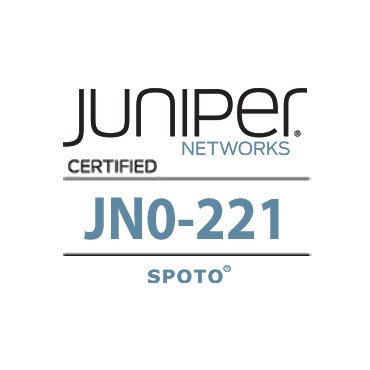

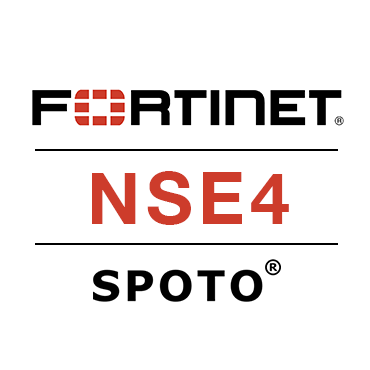
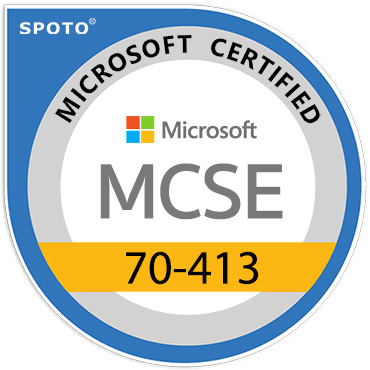



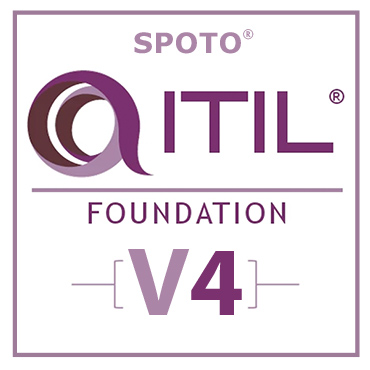

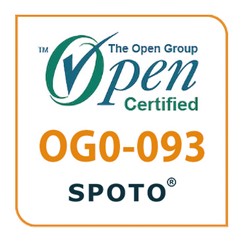


Comments